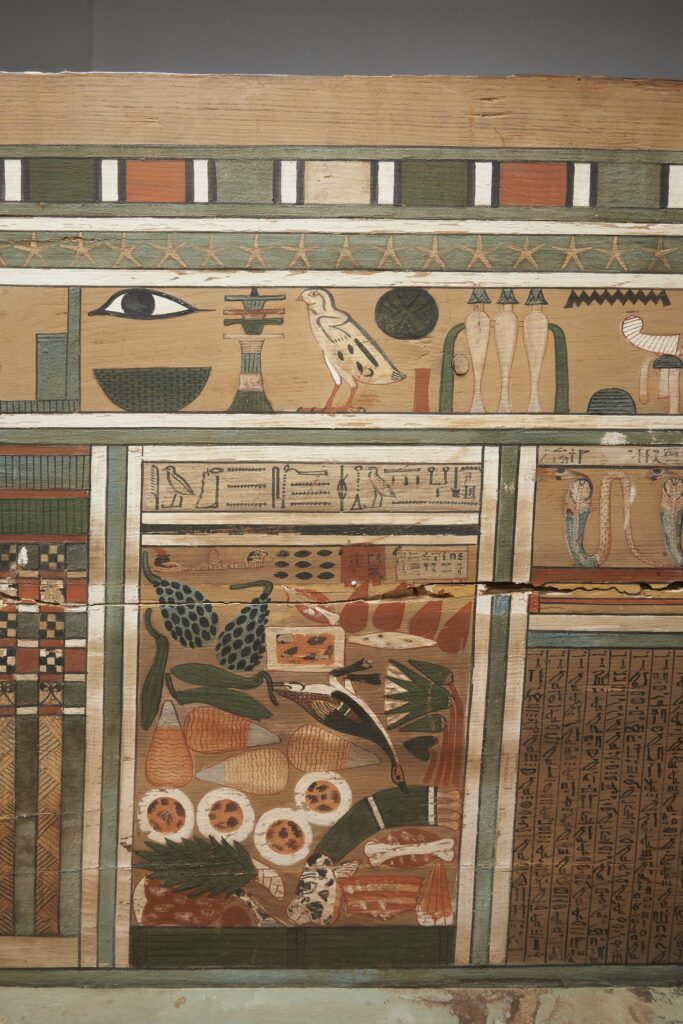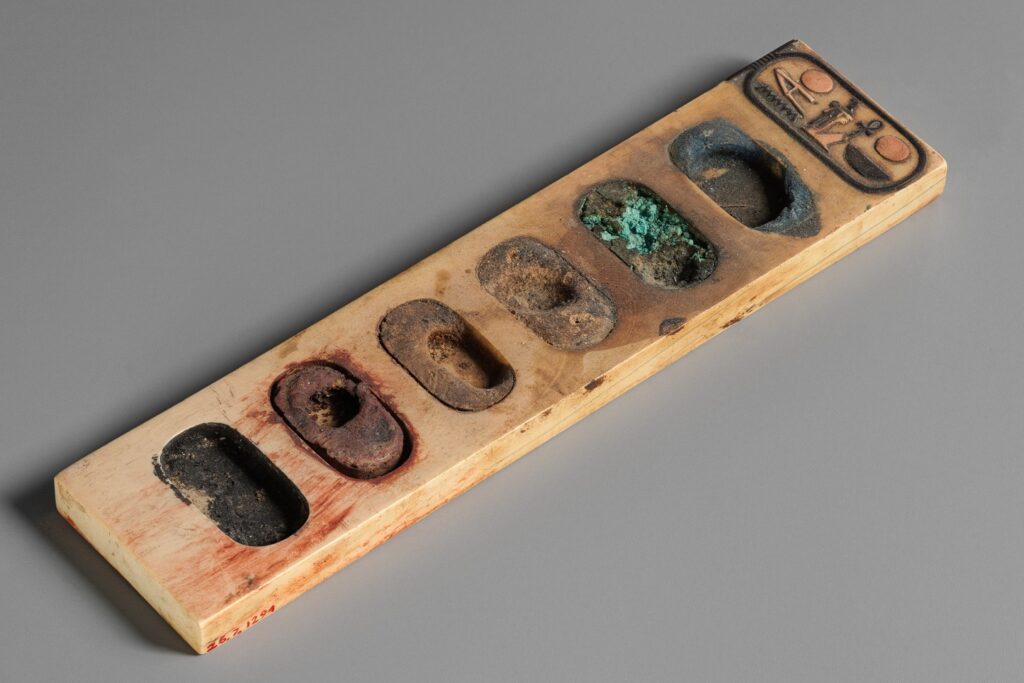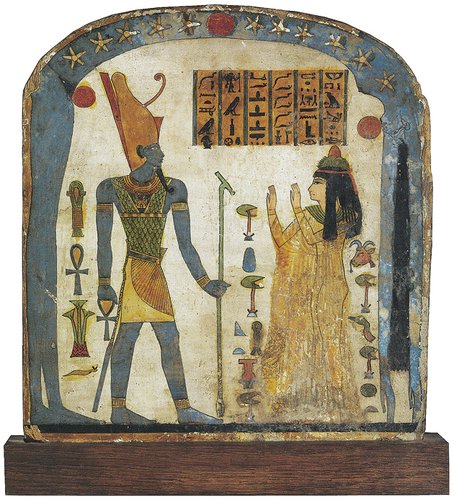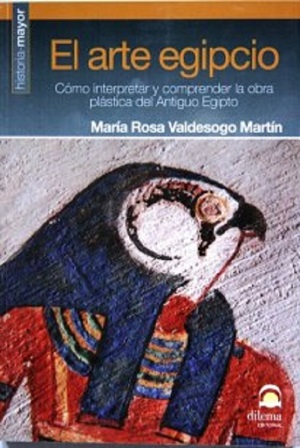Colour is a very important element in aesthetics, because by itself it provokes immediate emotions.
A colour can determine a state of mind, predispose us to something or even influence someone’s attitude.
Effects of Colours in our Emotions.
The cold colours, like blue, green or violet, relax and calm. That is thanks to their association with the sky and the distant landscape. That makes them to be far from the human being.
On the contrary, yellows, reds and oranges, are warm colours that seem closer to us; for that reason, they activate visceral emotions.

Nevertheless, the most important thing is that the colour is subject to three concepts: tone (red, yellow, blue…), saturation (the intensity of a colour) and value (proportion of colour with respect to black and white). The combination of these three factors is what provokes emotions in the viewer.
Application of Colour in Ancient Egyptian Art.
In most primitive cultures colour was applied as a flat tone from profile to profile, that is, juxtaposed, as we can see in ancient Egyptian art.

The discontinuous colour based on brush strokes that can reproduce light effects, is something that did not happen in the art of ancient Egypt.

In a moment of Egyptian history the artist tried to use some techniques to imitate shadows or transparencies; as we will see in another post. But not using the technique of discontinuous colour.
Likewise, the variation of warm and cold colours, which serves to suggest shapes, was not a technique used in ancient Egyptian painting either.

In fact, the Egyptian landscape itself shows a nature of chromatic contrasts with few nuances. It is a natural environment with perfectly defined colours separated from one another: the blue of the Nile, the green of the valley and the yellow or reddish (depending on the light) of the desert.
And in the same way, the palette of the Egyptian painter, like that environment, was made up of natural pigments, which took dyes from the landscape itself.

The Colour was a Part of the Identity.
In the mentality of ancient Egypt, the colour was an integral part of any element (object, living being…), of its nature. Colour helped to identify and define things. For that reason, the colour was so important in ancient Egyptian art.
The Egyptian word for “colour” was iwn:
 .
.
The determinative could be a lock of hair:
![]()
or the tail of an animal:
![]()
In any case, both determinatives indicate that for the ancient Egyptians “colour” was not an abstract concept, but precise. Otherwise it would use the determinative of the rolled papyrus:
![]()
Egyptians used this determinative in hieroglyphic writing for words that indicated abstract notions, such as “truth“, “knowledge “,” large “…
That is, colour for the ancient Egyptians was something physical, integrated into things as a part of their essence. For that reason, the word iwn also meant “character“, “nature” or “physical appearance“.

The Omnipresence of Colour in Ancient Egyptian Art.
The importance of polychromy in the nature of things explains why colour was applied to both reliefs and sculpture in ancient Egyptian art. So, painters were never lacking in work teams.
The most part of the Egyptian productions that we know were in origin coloured. The reliefs, in temples and tombs, and the sculptures had a layer of polychromy that gave them a lively and expressive appearance, very different from the current stone appearance.

So, colour was present in almost all productions of ancient Egyptian art.
Connexion of Colours with Gods in Ancient Egyptian Art.
In many occasions, the choice of polychromy and materials was not arbitrary (many times the importance of a stone or a metal was in its tonality).
And that happened becasue colours in themselves had a high degree of significance. We are aware of that when we see the connexion of colour with the divine sphere:
- Yellow was the colour of gold.
- White of silver.
- Blue of lapis lazuli.
- Green of turquoise.
- Red of carnelian.

All these colours formed the image of a god, since it had:
- The flesh made of gold (yellow).
- The bones made of silver (white),
- The hair made of turquoise -or lapis lazuli– (green or blue)
- The blood made of carnelian (red).
Not in vain the Egyptian language referred to the deity as “the golden of body and the blue of head.”
You can find mor information in the book:


Donde se puede encontrar el libro? En librerías especializadas en egiptología? Muchas gracias por tu amabilidad
Hola de nuevo Begoña. Te facilito dos links donde lo puedes encontrar:
https://en.blikvelduitgevers.nl/product-page/hair-and-death-in-ancient-egypt
https://www.oxbowbooks.com/oxbow/hair-and-death-in-ancient-egypt.html
Espero que te guste.
Saludos.